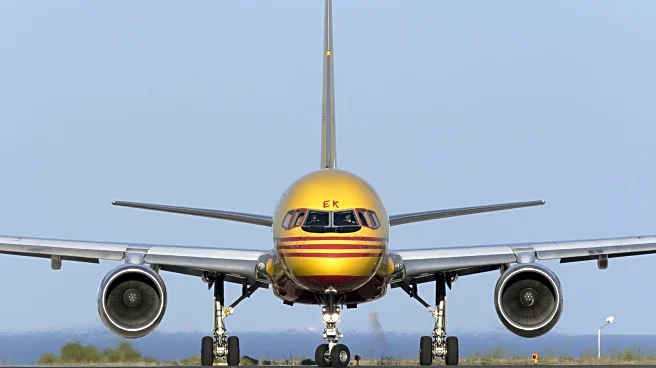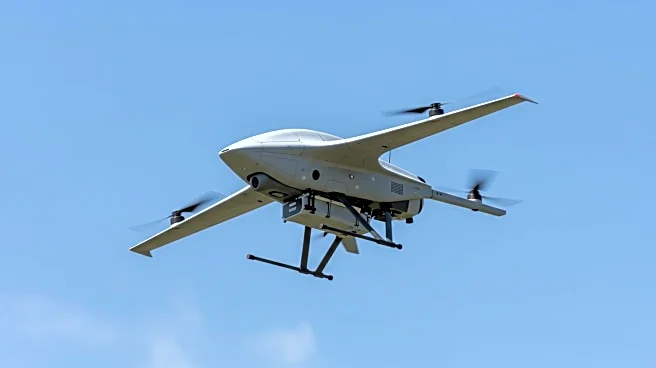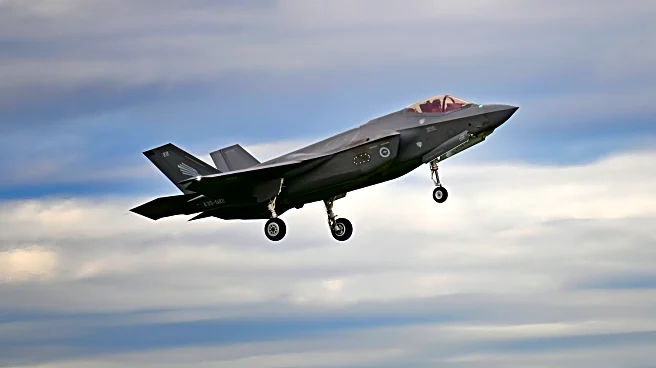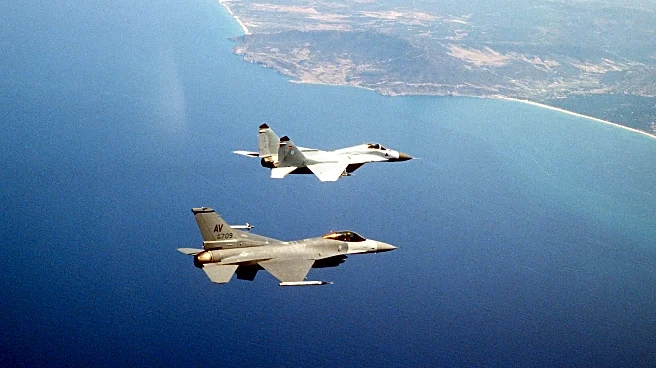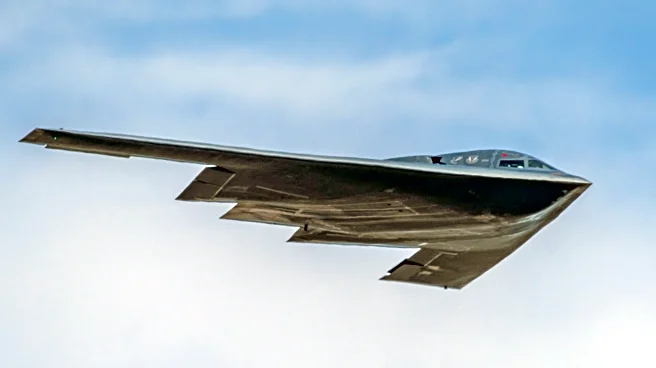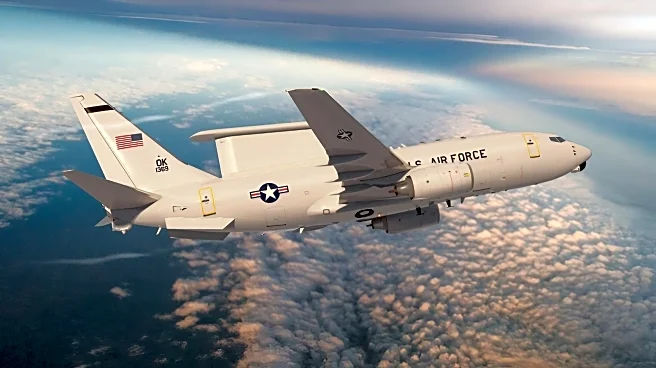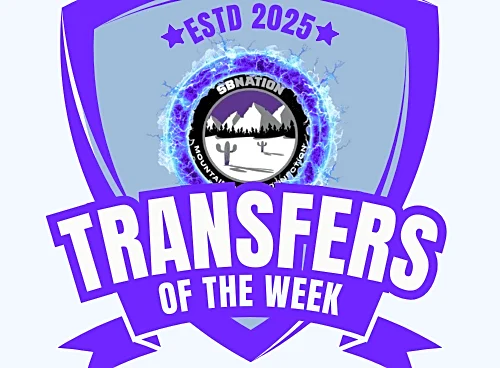
Aviation startup Skydweller Aero has successfully flown a drone with a bigger wingspan than a Boeing 747
for nearly three days straight -- and then did it again. And it did it fueled by nothing but photons and electrons for the entire time. The company's stated goal is to eventually achieve "perpetual" flight, in which the drone would only have to land once it needs maintenance. Skydweller, indeed.The recent tests were conducted by the Naval Air Warfare Center Aircraft Division (NAWCAD), the drone's
first potential customer. The Navy is interested in what a Skydweller could bring to its operations in Southern Command (SOUTHCOM), which encompasses Mexico, Latin America, and all nearby waters. Loaded up with a variety of sensors, a Skydweller could sweep for piracy, drug trafficking, or any other illegal activity.
Of course, lots of drones and other aircraft already exist that can do that. Skydweller's party trick is its flight time, which is just outrageously good. For reference, the RQ-4 Global Hawk drone, which has a wingspan of 131 feet, can only fly for around 30 hours. The Skydweller's recent tests got as far as 74 hours, per Nola.com. That mostly has to do with how the two are refueled: where the Global Hawk has a turbofan engine that requires good old-fashioned jet fuel, the Skydweller is fully electric... and solar.
Read more: Consumer Reports' 10 Best Used Cars Under $20,000 Are A Great Way To Dodge Republican Tariffs
Mid-Air Refueling With The Sun
While the Air Force does have in-air gas stations, in the form of the KC-135 and the newer KC-46 planes, Global Hawks and other drones are not equipped to receive fuel from them. There is a logic to that: since drones are often operating in hostile areas and hoping to stay undetected, flying a jumbo jet over to it doesn't make a lot of sense. The Global Hawk therefore has to fly back to base to get its petroleum fix.
By contrast, the carbon fiber Skydweller has no gas tank at all, but rather 1400 pounds of batteries, fully 25% of the maximum capacity weight. But even better are what's on those enormous wings -- 17,000 solar cells, making 100kW of power. During the day, that's enough to power the four propellors, avionics, and up to 800 pounds of sensor equipment. It's also enough to charge up those batteries, which it then flies on during the night. Recharge mid-air the next day, fly another night; recharge mid-air the next day, fly another night. That's what these recent tests demonstrated. Again, the goal is perpetual flight, and that opens up a whole Pandora's box of opportunities.
The Advantages Of Never Landing

For the military, the use cases here are pretty clear. Need to observe an enemy base constantly? Have a Skydweller fly in circles nearby forever. Or is there a place where a terrorist commander will probably show up, someday, maybe? Just park a Skydweller there and have it alert you if he ever shows up. Neverending patrols are another good option, as is a kind of backup GPS capability.
But Skydweller Aero makes it clear that it has commercial ambitions, too. For example, sensors could be used for scientific research, too. Meanwhile, SpaceX's Starlink promises the internet to anyone anywhere, but it's also blinding our telescopes and congesting low earth orbit — it accounts for 60% of all satellites! Skydwellers could hang out in far-flung areas and provide customers with high-speed internet without either of those issues. There's a lot of money to be made in something that never touches the ground.
Want more like this? Join the Jalopnik newsletter to get the latest auto news sent straight to your inbox...
Read the original article on Jalopnik.
